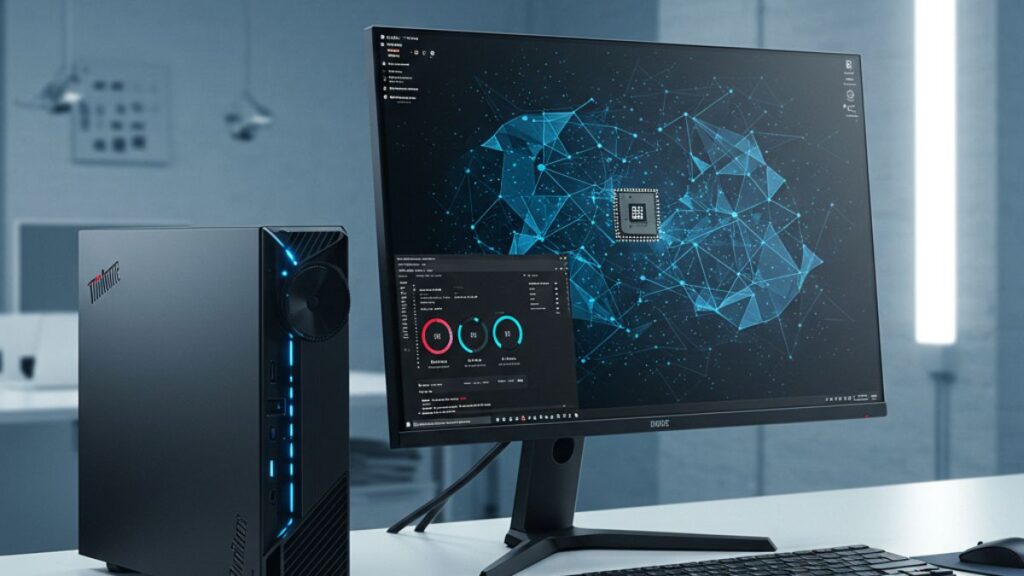There have been a lot of discussions about bad store practices of late in which Apple ends up consistently in the hot seat for overcharging for services that are provided by the application developer, not Apple. I’m amazed that any company would think it’s a good idea to charge a company for something they do themselves. And while Apple’s size and incredible power made it nearly impossible to take them to court, Fortnite stepped up and sued Apple under Anti-Trust law, claiming that these charges are a tariff that unfairly penalizes companies who don’t use Apple resources.
In contrast, Microsoft has announced it will charge if you use Microsoft’s more reasonable financial services but, if you choose to implement a store from inside your app, you can do that for free. Thus, with Microsoft, you pay for the service you get and, as is generally the case in the real world, if you do it yourself, you don’t have to pay a “tax” to anyone for that privilege.
Let’s talk about the difference between Microsoft and Apple’s market approach in the context of this, admittedly, rather obvious better approach to building revenue.
The “monetize everything” years
Microsoft and Apple didn’t use to be that different. Both became companies during the time when IBM was dominant and both companies initially used the old IBM as an example of an economic model. Both companies continued to follow that model after IBM nearly went out of business because of it. You see, IBM charged for everything it could back then. You even had to pay for fixes that IBM had created. I worked at IBM at that time. When I pointed out that this policy was suicidal, an executive explained to me that IBM sold the equivalent of air and that customers had to pay what the company charged.
I pointed out that, eventually, customers figure stuff like that out and the outcome could be disastrous. My once-dominant division went on life support eventually because customers figured it out. In the decades since these IBM policies were discontinued with prejudice. The IBM of today is open, more customer- than revenue-focused, and is known once again for providing good value, not for taking advantage of customers. Granted, IBM doesn’t have that kind of power anymore either, but it learned that mining customers for money was, as I’d said, suicidal.
Microsoft learned this lesson the hard way around a decade later in the EU when its second big anti-trust challenge hit. After battling with the European Commission and losing badly, rather than continuing to drive its walled-garden policy and refusing to interoperate, it pivoted hard and decided to be the best at interoperation. Not only did regulatory pressure largely evaporate, but customers started complaining about Microsoft less and praising it more. And revenue continued to increase. It was one of the greatest examples of doing the right thing being economically as effective as doing the wrong thing but without the long-term regulatory costs and risks.
This new thinking caused Microsoft to stop fighting the open movement and begin to embrace it, to stop seeing Linux as a Microsoft threat and instead as a Microsoft developer opportunity, and generally shift from focusing on customers as banks and instead thinking of them more like partners.
This shift accelerated once Satya Nadella joined the company. Comparing the Microsoft of the 90s, which was the company people loved to hate, to the Microsoft of today is like night and day. Now, out of the major tech companies facing regulatory pressure, instead of Microsoft leading that list, it isn’t even on it.
Wrapping up: Microsoft is in a better place
Inside Microsoft, people seem happier, less stressed and far less defensive. At Microsoft’s recent annual Build conference, one of the multi-nationals on stage said that the difference between Microsoft and its cloud competitors is that when a company asks for help, Microsoft collaborates on how to provide it, while Microsoft’s competitors send a catalog effectively saying, “Here’s our stuff; you figure it out.” While this was the common way of doing things in the past, customers aren’t fans, and Microsoft’s better approach is clearly appreciated by those on the virtual stage at Build this month.
The new Microsoft Store reflects this new thinking, treating customers and developers like they’d want to be treated and only charging them for things that have greater value. I expect Apple’s future will eventually mirror IBM. The book “After Steve” suggests this outcome and reflects that, while the company has become larger and more profitable, it is also at far greater risk. Microsoft improved after Bill and Steve left to better reflect the realities of the current world, and to step away from the lock-in policies of the past. This isn’t a bad reflection on either Bill or Steve. Their policies reflected the dominant thinking of their time, but we are in a different world now, and Microsoft, with moves into interoperability, open source, Linux support, and now this new customer and developer focused store, reflects the better world of today.



